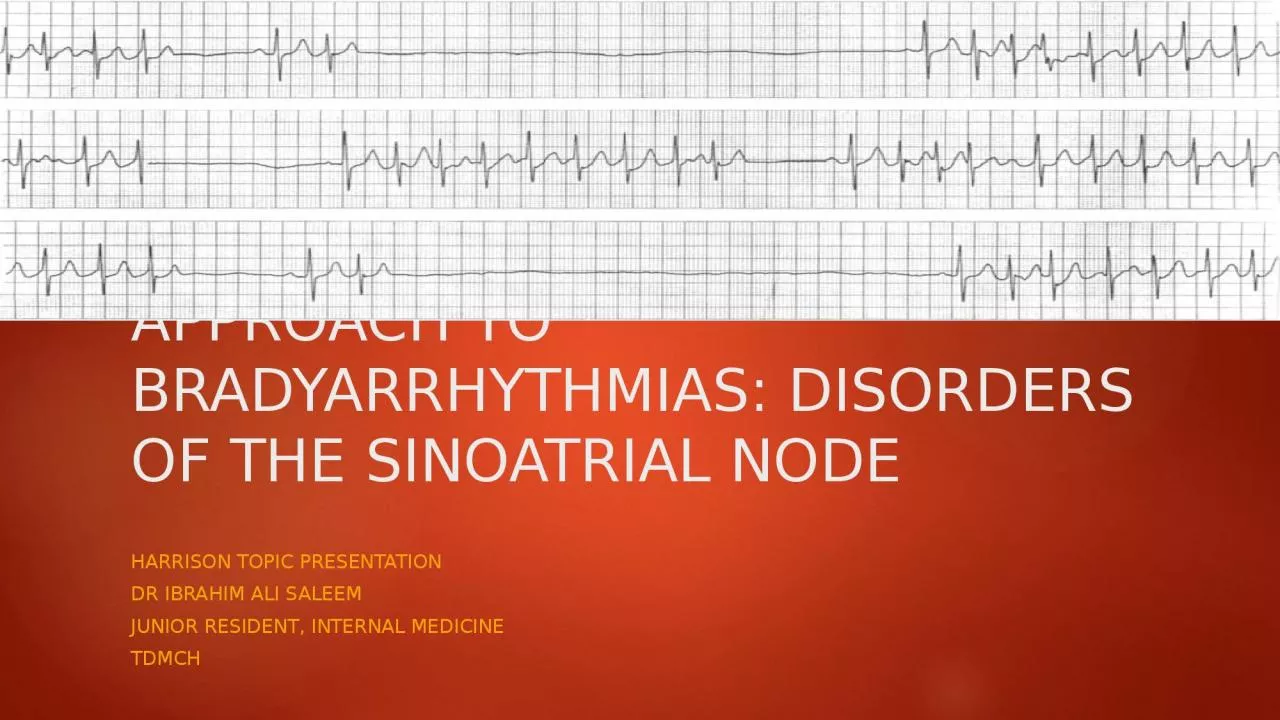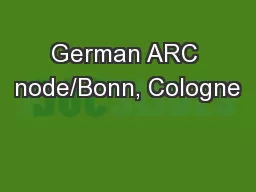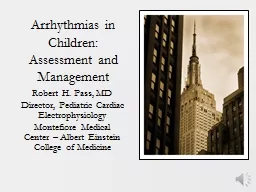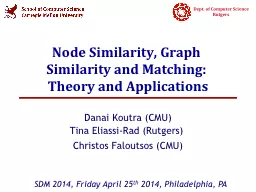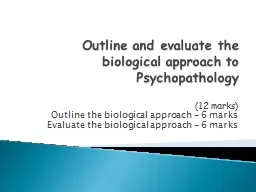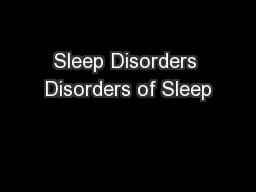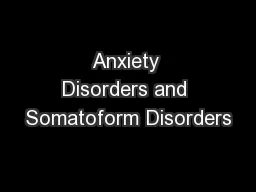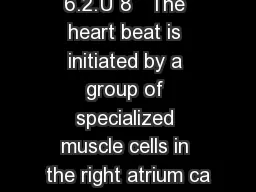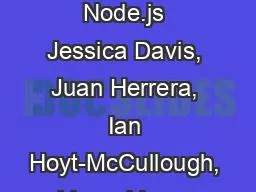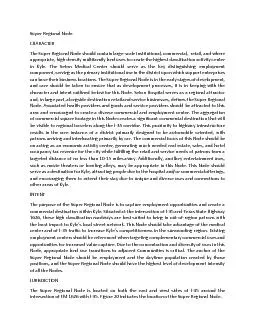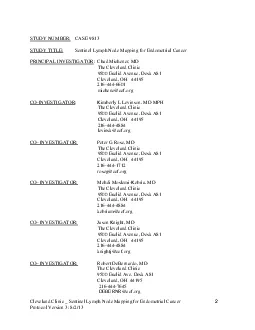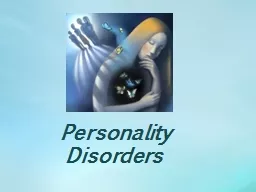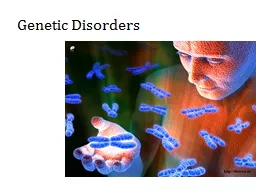PPT-APPROACH TO BRADYARRHYTHMIAS: DISORDERS OF THE SINOATRIAL NODE
Author : megan | Published Date : 2024-02-09
HARRISON TOPIC PRESENTATION DR IBRAHIM ALI SALEEM JUNIOR RESIDENT INTERNAL MEDICINE TDMCH On a Friday night casualty A 62 year old gentleman known case of T2DMSHTN
Presentation Embed Code
Download Presentation
Download Presentation The PPT/PDF document "APPROACH TO BRADYARRHYTHMIAS: DISORDERS ..." is the property of its rightful owner. Permission is granted to download and print the materials on this website for personal, non-commercial use only, and to display it on your personal computer provided you do not modify the materials and that you retain all copyright notices contained in the materials. By downloading content from our website, you accept the terms of this agreement.
APPROACH TO BRADYARRHYTHMIAS: DISORDERS OF THE SINOATRIAL NODE: Transcript
Download Rules Of Document
"APPROACH TO BRADYARRHYTHMIAS: DISORDERS OF THE SINOATRIAL NODE"The content belongs to its owner. You may download and print it for personal use, without modification, and keep all copyright notices. By downloading, you agree to these terms.
Related Documents

